“My Low Back Hurts – Do I Need an X-ray or MRI?”

Low back pain is an extremely common condition that affects individuals worldwide. It is estimated that 80% of the population will experience a significant bout of low back pain at some time during the life span, and approximately 25% of adults in the United States will likely have had one entire day of low back pain in the last three months. Low back pain is the most common disorder managed in outpatient physical therapy, accounting for 50% of all referrals. A common question asked by patients with low back pain is, “do I need an X-ray or MRI of my low back?”
Continue Reading »


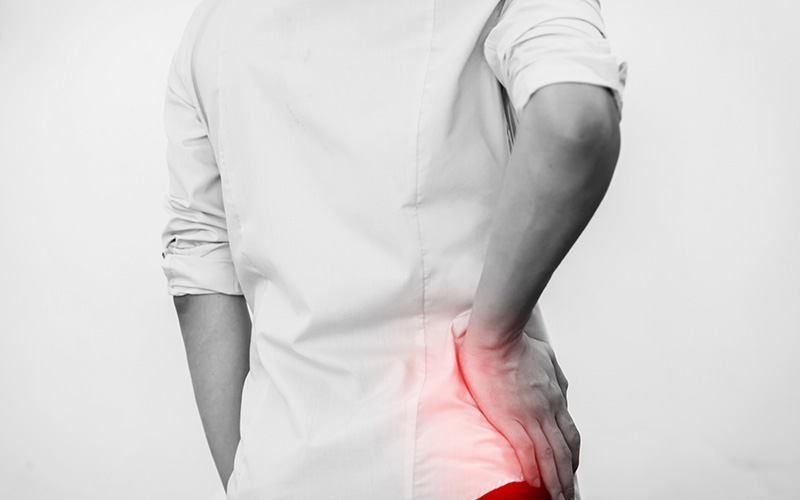

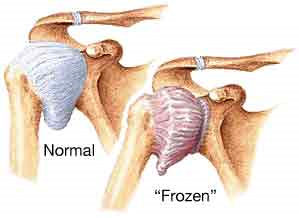
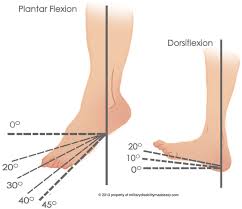
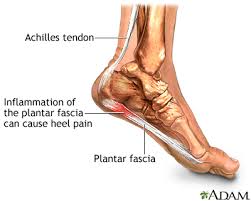 Most people have heard of plantar fasciitis and know that it is a fairly common affliction of the foot. But many fewer individuals know what plantar fasciitis is (and how in the world “fasciitis” is actually pronounced!). Plantar fasciitis (“fash-ee-itis”) is a condition that affects the plantar fascia, a band of dense connective tissue (“fascia”) located at the bottom, or “plantar” surface of the foot, typically at the area of the heel bone (calcaneus). One of the most common foot problems addressed by health care professionals, plantar fasciitis is thought to affect upwards of 2 million Americans per year, and is estimated to affect one in ten individuals during their lifetime.
Most people have heard of plantar fasciitis and know that it is a fairly common affliction of the foot. But many fewer individuals know what plantar fasciitis is (and how in the world “fasciitis” is actually pronounced!). Plantar fasciitis (“fash-ee-itis”) is a condition that affects the plantar fascia, a band of dense connective tissue (“fascia”) located at the bottom, or “plantar” surface of the foot, typically at the area of the heel bone (calcaneus). One of the most common foot problems addressed by health care professionals, plantar fasciitis is thought to affect upwards of 2 million Americans per year, and is estimated to affect one in ten individuals during their lifetime.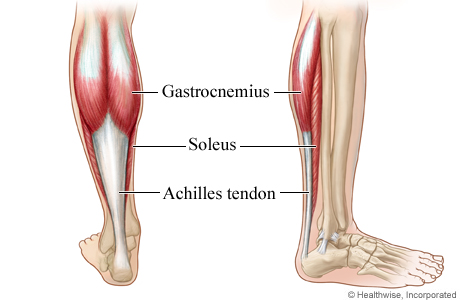
 Ankle sprains are the most common injury of the lower extremity, affecting a large percentage of the sporting population, especially those participating in contact and collision sports such as basketball, football and soccer. Ankle sprains are especially prevalent in younger athletes, with the greatest incidence of injury occurring duringthe mid to late teen years. Ankle sprains are commonly underestimated regarding the functional restrictions that take place and the long-term negative effects that can occur among those affected. Recurrence of ankle sprains is estimated to be as high as 40-70%, especially among individuals participating in higher risk sports. Long-term negative effects can include need for surgical repair of damaged ligaments, and cartilage damage, also known as osteoarthritis. Clearly, the mindset of an ankle injury as “just a sprain” needs to be reconsidered.
Ankle sprains are the most common injury of the lower extremity, affecting a large percentage of the sporting population, especially those participating in contact and collision sports such as basketball, football and soccer. Ankle sprains are especially prevalent in younger athletes, with the greatest incidence of injury occurring duringthe mid to late teen years. Ankle sprains are commonly underestimated regarding the functional restrictions that take place and the long-term negative effects that can occur among those affected. Recurrence of ankle sprains is estimated to be as high as 40-70%, especially among individuals participating in higher risk sports. Long-term negative effects can include need for surgical repair of damaged ligaments, and cartilage damage, also known as osteoarthritis. Clearly, the mindset of an ankle injury as “just a sprain” needs to be reconsidered.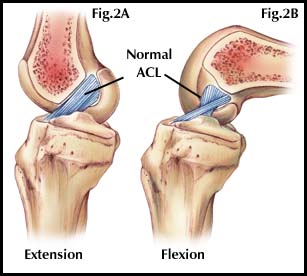 As discussed in the
As discussed in the